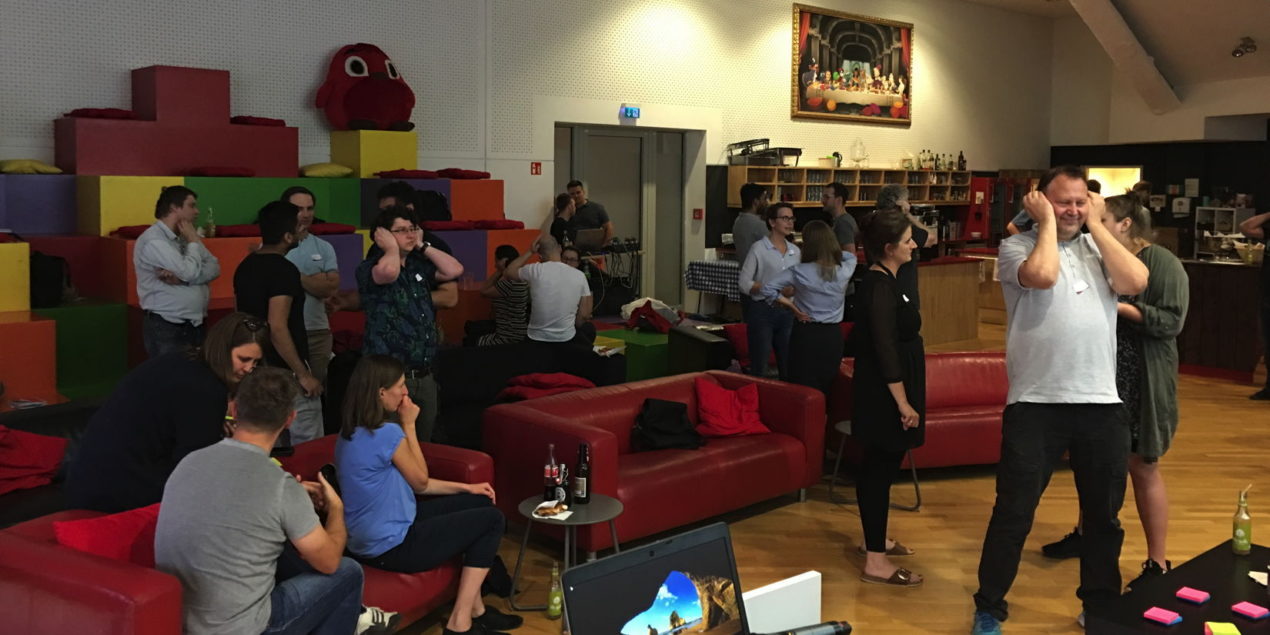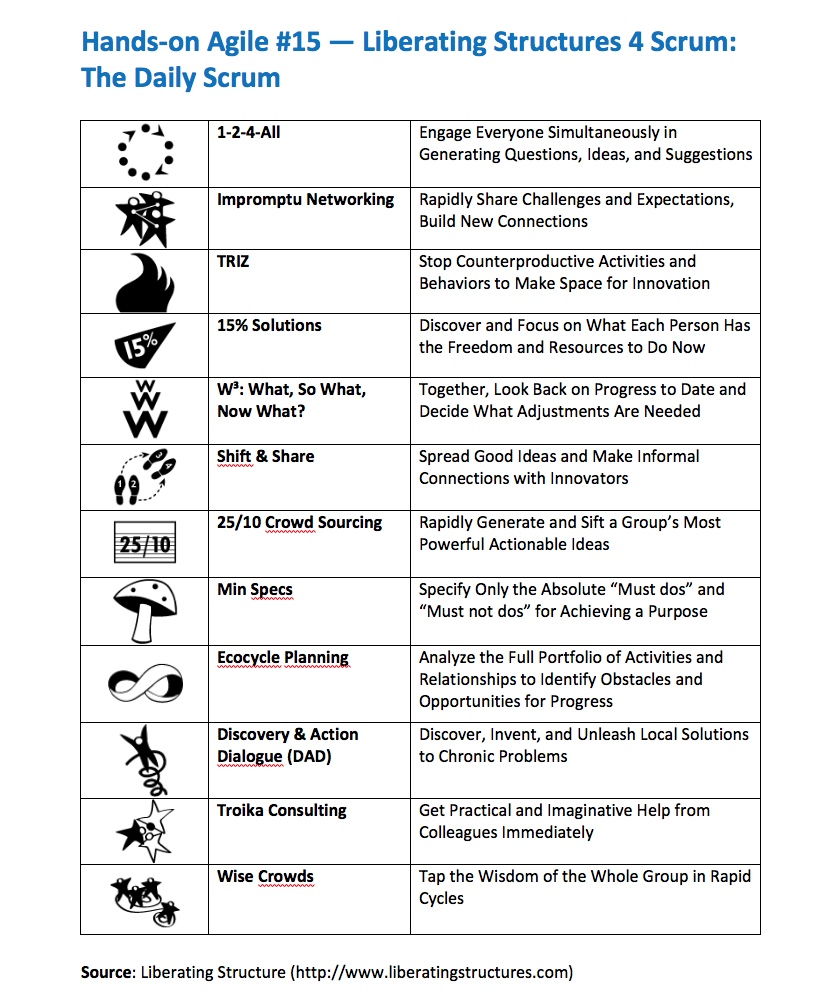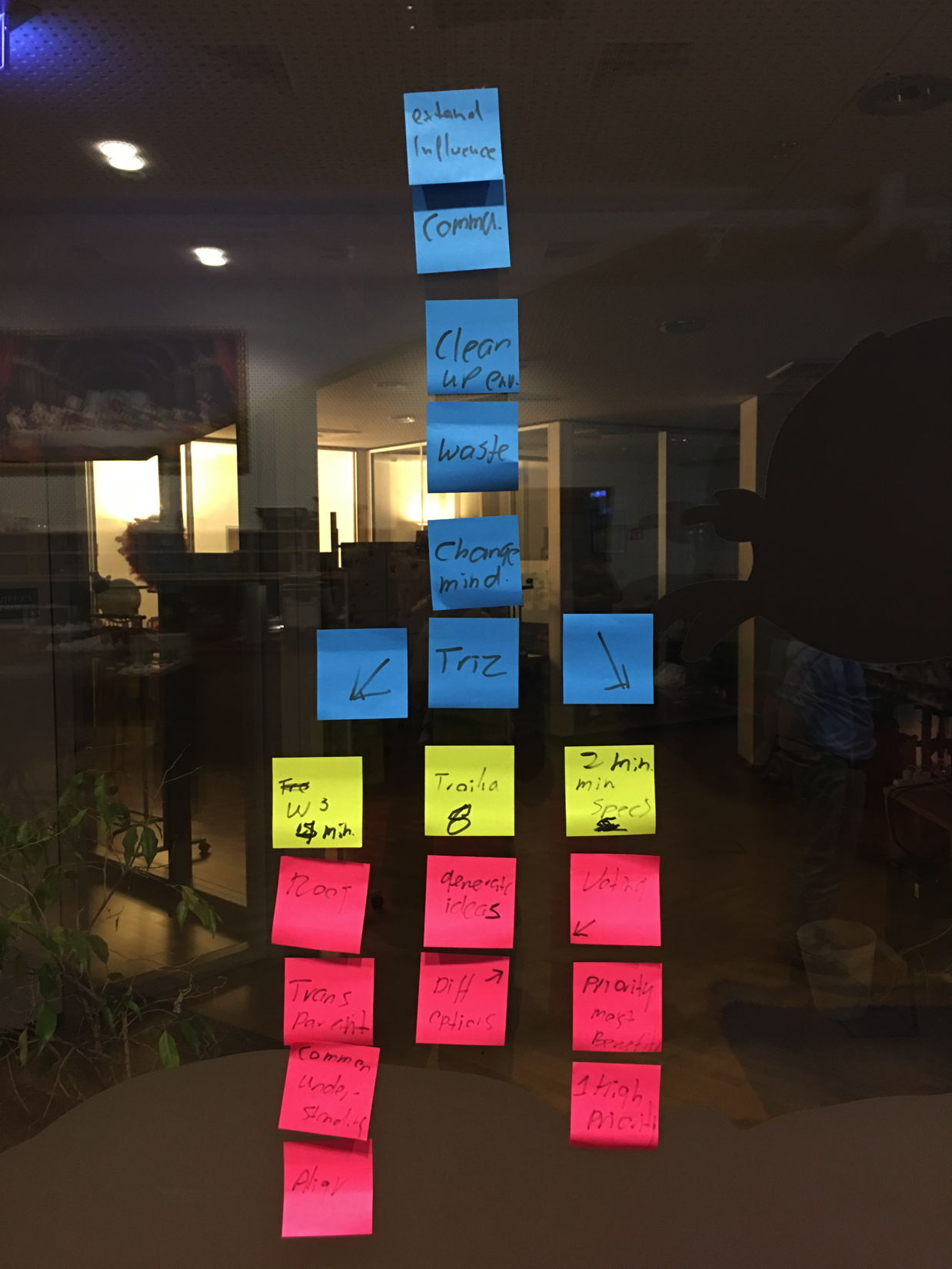Liberating Structures for Scrum: The Daily Scrum
This Liberating Structures for Scrum meetup addressed the Daily Scrum.
Join the DZone community and get the full member experience.
Join For FreeThis Liberating Structures for Scrum meetup addressed the Daily Scrum, particularly the notion that it is barely possible to create a Liberating Structure Daily Scrum string that fits into the 15-minutes time-box of the Daily Scrum. Learn more on how to bust that myth.
Liberating Structures for Scrum
Created by Keith McCandless and Henri Lipmanowicz, Liberating Structures cover a set of easy to learn, yet powerful ways to collaborate as a team — even as a (very) large team by Scrum standards — overcoming traditional communications approaches like presentations, managed discussions, or another disorganized brainstorming at which the loudest participants tend to prevail.
Liberating Structures are well suited to improve the level of engagement among participants of Scrum events, thus stimulating the kind of outcomes that are necessary to create learning organizations. Liberating Structures also provide an excellent toolbox to handle Product Backlog refinements or improving the Definition of Done of an engineering organization.
Lastly, Liberating Structures are a great tool when Scrum Teams come together for retrospectives, self-selection of teams, or figuring out where to go during the next 24 hours; which is what the Daily Scrum is all about.
See the meetup’s slide deck here.
The Daily Scrum
The Daily Scrum is a key to inspect and adapt Scrum event supporting the Development Team on its journey to deliver a valuable, potentially shippable Product Increment at the end of the Sprint. According to the Scrum Guide:
- The Daily Scrum is a 15-minute time-boxed event for the Development Team.
- The Daily Scrum is held every day. At it, the Development Team plans the work for the next 24 hours.
- This optimizes team collaboration and performance by inspecting the work since the last Daily Scrum and forecasting upcoming Sprint work.
- The Daily Scrum optimizes the probability that the Development Team will meet the Sprint Goal.
- Every day, the Development Team should understand how it intends to work together as a self-organizing team to accomplish the Sprint Goal and create the anticipated Increment at the end of the Sprint.
- The structure of the meeting is set by the Development Team and can be conducted in different ways if it focuses on progress toward the Sprint Goal.
- The Development Team members often meet immediately after the Daily Scrum for detailed discussions, or to adapt, or replan, the rest of the Sprint's work.
- The Daily Scrum is an internal meeting for the Development Team. If others are present, the Scrum Master ensures that they do not disrupt the meeting.
- Daily Scrums improve communications, eliminate other meetings, identify impediments to development for removal, highlight and promote quick decision-making, and improve the Development Team’s level of knowledge.
Source: Scrum Guide.
What many people overread and thus misunderstand is the fact that the Daily Scrum is not supposed to solve all issues within the 15-minutes time-box. Its purpose is to reveal the issues so that the Development Team can act appropriately also after the Daily Scrum time-box has elapsed. So, this is where Liberating Structures kick in.
Liberating Structures Daily Scrum Strings
For this meetup, I chose two new LS microstructures that have the potential to support the Development Team to clear its path to achieve the Sprint Goal:
Troika Consulting
The first choice was Troika Consulting, a way to “Get Practical and Imaginative Help from Colleagues Immediately.” Troika Consulting proves to be especially helpful at sourcing support at the individual level, for example, from other Development Team members on how to solve a technical issue.

Discovery and Action Dialog (DAD)
The second choice was the Discovery and Action Dialog (DAD) to “Discover, Invent, and Unleash Local Solutions to Chronic Problems.”
When the stakes are high, such as in the Megabrain.io situation, see below, some people outside the Scrum Term revert to exercising more control to deal with their perception of complexity and uncertainty. This bias for action can impede a Scrum Team achieving its Sprint Goal. Hence we explored another new Liberating Structure — the Discovery and Action Dialog (DAD) — to learn how to discover outside intervention and how to address the situation as a Scrum Team by identifying positive deviant (PD) behaviors and practices to provide solutions to real (and perceived) problems.
We used the following set of question to run the DAD on our problem at an organizational level:
- How do you know when the problem outside intervention is present?
- How do you contribute effectively to solving the problem of outside intervention?
- What prevents you from doing this or taking these actions all the time? (Ask for stories from the past.)
- Do you know anybody who is able to frequently solve the problem of outside intervention and overcome barriers? What behaviors or practices made their success possible?
- Do you have any ideas?
- What needs to be done to make it happen? Any volunteers?
- Who else needs to be involved?

Designing a Liberating Structures Daily Scrum String
Now that we added another two LS microstructures to our toolbox, we moved on to the MegaBrain.io scenario:
Everyone Is a String Designer
The Hands-on Agile meetups addressing Liberating Structures for Scrum are not created by a design team in advance as there is no standard string that we explore or follow. Designing a Liberating Structures Daily Scrum string was a task for every participant, as we split up into four teams to solve the MegaBrain.io scenario task, with each team suggesting a string and sharing it with everyone else via Shift and Share.
The MegaBrain.io Scenario
Given the vastly different background of the attendees of a meetup, we use a prepared narrative — the MegaBrain.io scenario — as common ground to make strings comparable:
A year ago, MegaBrain.io was a well-funded, Berlin-based hopeful in the race to improve schooling by creating tailored curricula for each student derived from an AI.
Today, MegaBrain.io’s situation is dire:
- Only three months of runway left.
- Conflicts among the founders, as well as between Product and Engineering, become more frequent as well as more public.
- The existing VCs are not pleased with the growth metrics for the last nine months and hence are reluctant to provide more capital to MegaBrain.io.
- However, there is a newly formed VC interested in investing — provided MegaBrain.io delivers the much anticipated yet overdue 3.0 release.
- In a last-ditch effort, the management fired 32 people mainly from marketing, sales, and administration last week to save liquidity to bring this new investor on board — that was a third of the team.
- The previous Sprint was a disaster. For the third time in a row, MegaBrain.io’s three Scrum Teams failed to deliver the 3.0 release.
- The current Sprint — ending in a week from now — looks more promising.
- All hopes now rest on the upcoming two Sprints to finally deliver the 3.0 release and to make the miracle of a new investment happen.
The Task of Creating a Liberating Structures Daily Scrum String
Prepare a string of LS microstructures that might support MegaBrain.io’s Development Teams in adapting their plans to achieve the Sprint Goal during the Daily Scrum.
To help with the task, a cheat sheet was issued, comprising of all previously explored Liberating Structures micro-structures:

The winning Liberating Structures Daily Scrum string started with TRIZ, followed up with either What, So What, Now What?, Troika Consulting, or Min Specs.

Conclusion
Do not believe that the 15-minutes time-box of the Daily Scrum rules out to apply Liberating Structures as a facilitation tool. On the contrary, once we understand that the purpose of the Daily Scrum is to reveal the issues that have the potential to prevent the Development Team from achieving the Sprint Goal, we can use Liberating Structures Daily Scrum strings to resolve these issues in a creative, effective way.
Have you used Liberating Structures to facilitate the Daily Scrum? If so, please share your findings with us in the comments.
Attribution
Liberating Structures are developed by Henri Lipmanowicz and Keith McCandless and are licensed under a Creative Commons Attribution-NonCommercial 4.0 International License.
Published at DZone with permission of Stefan Wolpers, DZone MVB. See the original article here.
Opinions expressed by DZone contributors are their own.

Comments